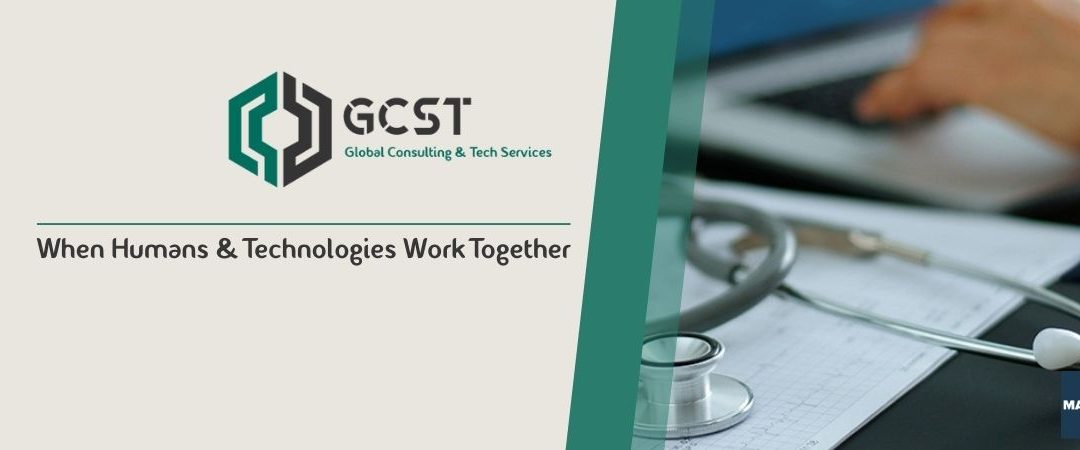Outstanding service quality begins with satisfied employees. In the healthcare sector in particular, employees who feel good about themselves are enormously important, because patient well-being greatly depends on the good work that the staff provides. With the right IT management, the IT department can create the best possible conditions for good service, from which staff and patients alike can benefit. To this end, it is critical to have a precise understanding of the specific challenges in the healthcare sector.
Thousands of employees – hundreds of thousands of patients
IT departments in the healthcare sector not only manage thousands of endpoint devices, network connections, and servers that are constantly in use, but also maintain the equipment and data of ever-changing staff and patients. And it is often the case that this needs to be handled by a small group of employees in IT. For example, University Hospital Bonn has an IT staff of 85 people who manage a total of
- 30,000 network connections,
- 750 servers,
- and the 6,000 endpoint devices
- of 8,000 employees.
The result: 32,000 IT service tickets per year. So how can the IT department make life for hospital staff easier despite having to manage the volume of requests that they do? Therefore the solution is to automate IT management and reduce the workload on the IT department. This results in increased service quality for staff.
Complexity and individual requirements of the healthcare sector
Healthcare is not only different from “normal” businesses, it also has a variety of requirements specific to the system. For instance, at University Hospital Bonn, the specialty systems of the specialist clinics need to be available 24/7, while research and teaching require access to databases. Whereas management mainly requires efficient process support, patients want access to social media, online banking, and entertainment. At the same time, regular departments such as controlling, human resources, and logistics need to operate smoothly. In addition, 30 critical core applications need to be supported. And all of this affects 32 clinics and 25 institutes that care for 350,000 people in out-patient care, 50,000 people in in-patient care, and 30,000 patients in emergency care annually!
IT management from a single source
The healthcare sector is characterized above all by complexity and size. Which is why transparency, ease of use, automation, and flexibility are prioritized in the search for a suitable solution to reduce the IT workload, which also improves the situation for employees. A central database solution allows healthcare players to easily manage large or even distributed sites. Comprehensive management administration software such as Matrix42 Workspace Management also provides the right tools for each specific requirement in the healthcare sector. Healthcare IT management should consider the following aspects for the greater picture:
- Control, quality assurance, certification/auditing, data protection
- Documentation and regulatory requirements
- Planning, organization, and controlling
- License and asset management
- Automation
- Employee satisfaction
One solution for thousands of employees: an example from the field
The IT department at University Hospital Bonn has to process an average of 120 service tickets each day. The Matrix42 Service Desk ticket system makes workflows more transparent for IT and users and provides a better overview of the workload. In addition, the IT department can use Matrix42 Service Catalog to distribute hardware and software via its own store. This means that employees can create tickets quickly and conveniently and get immediate feedback on the status of the request. It takes one click to request the required hardware and software. At the same time, IT staff can focus their efforts on urgent tickets, because many of the regular processes are automated.
In addition to the required hardware and software, licenses and rights play a major role. In particular when it comes to compliance with legal documentation requirements and regulatory requirements in the healthcare sector (think: data protection!). University Hospital Bonn uses Matrix42 Workflow Studio here for its rights management of applications in everyday work situations. It greatly relieves the workload for IT because employees move between departments, often only temporarily. And there is no central administration of applications for the most part. The IT department can quickly assign rights through clearly defined processes via the tool. And the responsible department heads can then automatically approve the approval processes in Workflow Studio. In this manner, applications are processed quickly and employees can start their shift in a different department on time.
In short, staff can devote 100 percent of their time to patients thanks to an optimally managed IT infrastructure. Apart from ensuring smooth day-to-day operations in the clinic and with patient care, an investment in good IT management is also worthwhile for clinics from a cost perspective.

